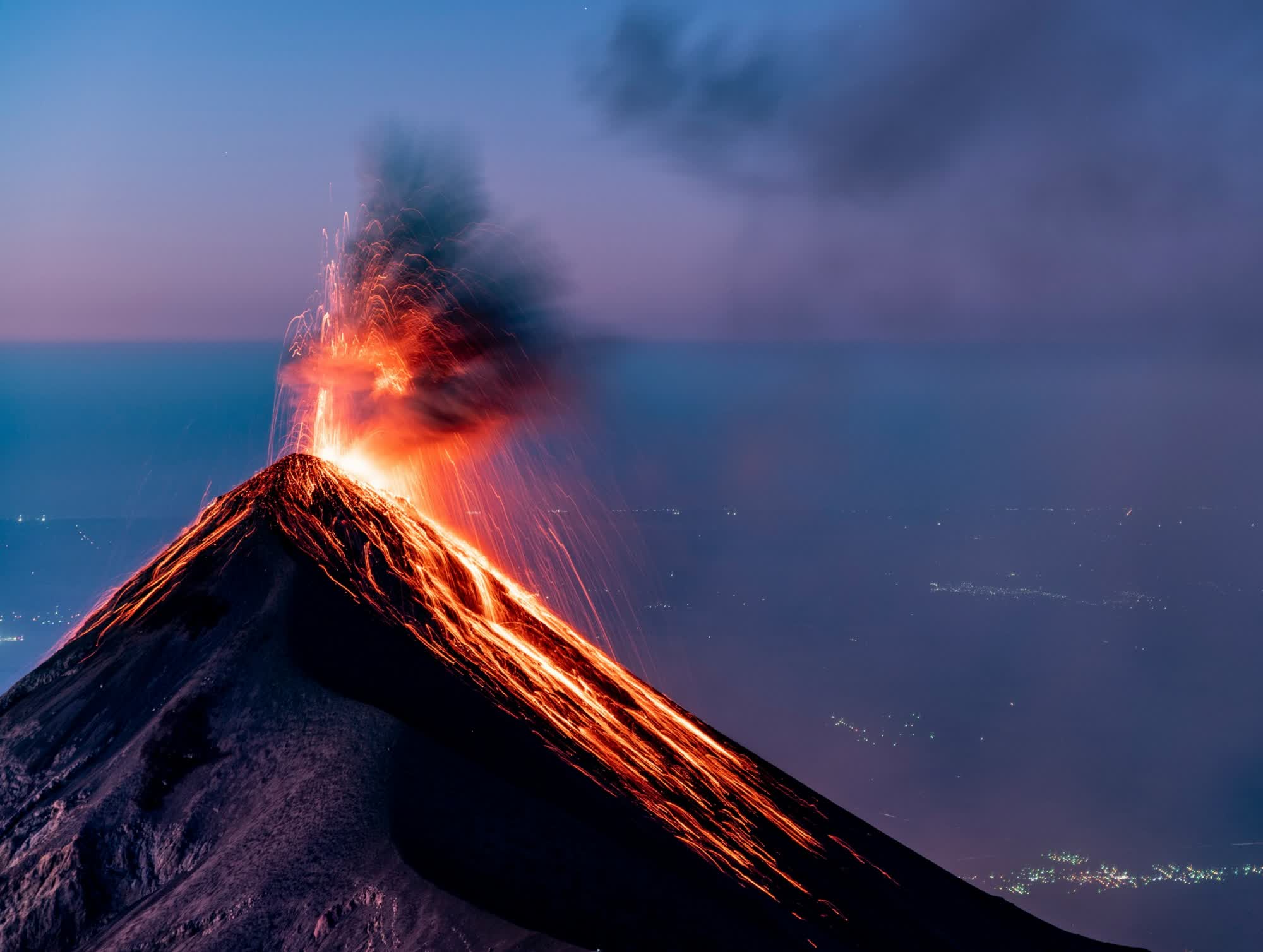Fight Fire with Light: Fiber optic networks power the overwhelming majority of global internet traffic at any given moment. They can also be used to develop extremely precise light-based sensors, giving researchers and authorities the ability to study – and potentially prevent – the most destructive outcomes of volcanic activity.
Researchers at the California Institute of Technology, in collaboration with Icelandic scientists, have developed a new method for using fiber optics as sensors to detect volcanic eruptions. The international team created a distributed acoustic sensing (DAS) system and tested its effectiveness on Iceland’s volcanically active Reykjanes Peninsula.
This region is known for its frequent volcanic activity, characterized by expansive lava fields and underground magma flows. Several eruptions have occurred in recent years, some of which posed serious threats to nearby towns. Thanks to the new DAS technique, residents in this rugged area of Iceland could potentially receive up to 30 minutes of advance warning before a lava eruption.
After a major magma intrusion event struck the Reykjanes Peninsula on November 10, 2023, researchers deployed a 100-kilometer-long fiber optic cable over a 10-day period. The DAS system sends laser pulses through unused underground fiber optic lines. When vibrations – such as those caused by magma movement – pass through the cables, they cause subtle phase changes in the laser light. These changes can then be detected and analyzed by researchers to identify seismic activity.

A 100-kilometer fiber optic cable used in the system can effectively replace a linear array of thousands of conventional seismic sensors. The DAS system is extremely precise, capable of detecting millimeter-scale ground deformations as magma expands, flows, and pushes against the Earth’s crust from deep underground magma chambers. According to the researchers, this technology offers much higher resolution than traditional GPS or satellite imaging methods.
Over the course of a year, the DAS system collected data on subterranean magma movements. The research team then used this information to develop a preliminary early-warning system for volcanic activity on the Reykjanes Peninsula. The system is designed to alert the public between 30 minutes and several hours before an eruption occurs.
According to the study’s lead author, Jiaxuan Li, DAS has valuable applications for both scientific research and public safety. The system enables scientists to more effectively monitor magma intrusion events, while also offering residents of the Reykjanes Peninsula critical advance warning of impending volcanic eruptions.
Source link